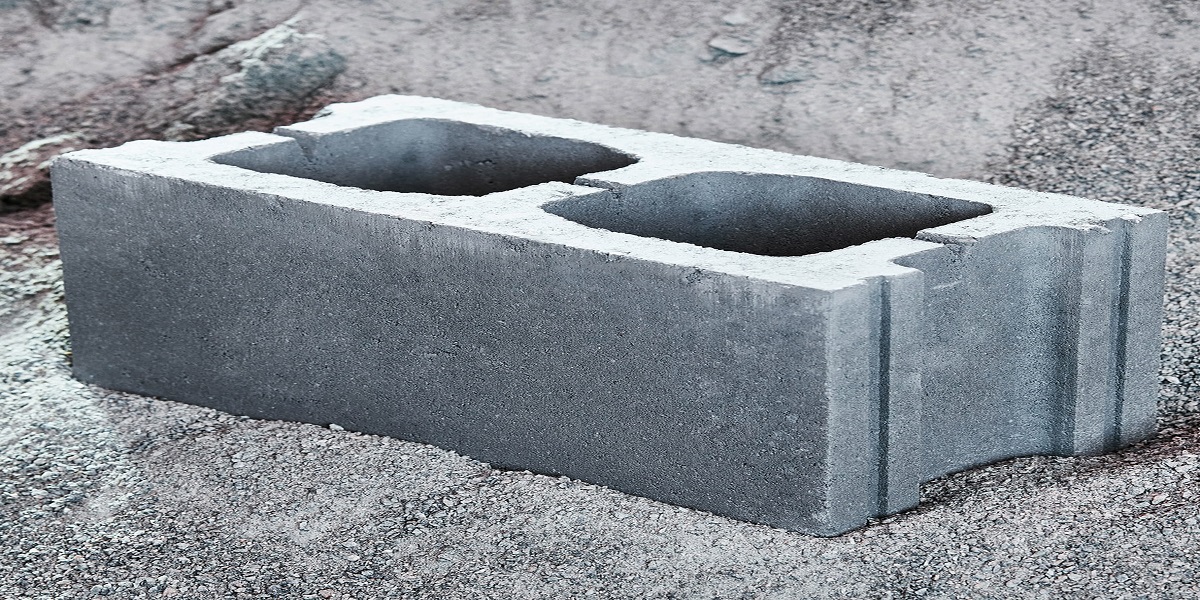A novel discovery in concrete manufacture by the University of Northwestern’s team of engineers provides dual benefits, absorbing carbon dioxide (CO2) from the environment while maintaining if not increasing, concrete strength. This new technique, which employs a carbonated water-based solution throughout manufacture, has the potential to greatly impact worldwide efforts to mitigate climate change while also revolutionizing the building industry.
The basis of this innovative technology involves replacing regular water with carbonated water throughout the concrete building process. This modest yet efficient adjustment allows the concrete to hold CO2, behaving as a carbon sink. Laboratory investigations have shown an excellent CO2 sequestration effectiveness of up to 45%, indicating that almost fifty percent of the CO2 released during manufacture is successfully absorbed and retained in the concrete framework.
Worldwide CO2 Emissions:
The cement and concrete sectors contribute significantly to world CO2 emissions, contributing to roughly 8% of total greenhouse gas emissions each year. By creating a technology incorporating CO2 collection into concrete production, the researchers hope to reduce emissions and add to global carbon elimination goals. This novel approach not only tackles the detrimental effects of the concrete output but also complements larger sustainability programs.
Study Publication:
This study’s findings came out in the journal Communications Materials, which is part of the prestigious Nature Portfolio. The work was led by Alessandro Rotta Loria, a Louis Berger Assistant Professor of Environmental and Civil Engineering at Northwestern’s McCormick School of Engineering. The study was carried out in partnership with CEMEX, a global leader in building products dedicated to sustainable construction techniques.
Constraints of Prior CO2 Storage Processes:
Concrete is an essential resource in modern structures second only after water in global usage. It is made by combining water, tiny particles (like sand), coarser ones (like gravel), and cement, which serves as a binding agent. Since the 1970s, many technologies for storing CO2 within concrete have been investigated, but all have encountered considerable hurdles.
Strengthened Concrete Carbonation:
One veteran approach is hardened concrete carbonation, which involves placing solid concrete blocks in chambers and injecting them with CO2 gas under high pressure. This process culminates in the creation of crystalline calcium carbonate crystals inside the concrete. However, this technology has low CO2 capture efficacy and considerable usage of energy, making it unsuitable for large-scale use.
Fresh Concrete Carbonation:
Another method is fresh concrete carbonation, in which CO2 gas is introduced into the combination of water, cement, and gravel during manufacture. This process likewise produces calcium carbonate but has similar disadvantages, such as low productivity and high energy consumption. Furthermore, both procedures frequently produce weaker concrete, which limits their practical applicability.
The Northwestern Method:
The Northwestern team’s novel solution draws on the idea of fresh concrete carbonation but with a significant adjustment. Instead of injecting CO2 into the entire combination of water, cement, and gravel, the researchers first infuse it into a solution of water and a tiny quantity of cement powder. The carbonated solution is then combined with the leftover cement and particles.
Benefits of the New Approach:
The Northwest innovative methodology has several notable advantages over existing methods:
Increased CO2 Storage Efficiency:
The carbonated suspension’s decreased viscosity allows for quicker chemical reactions and greater levels of calcium carbonate production. This results in a more effective capture of CO2.
Maintaining Concrete Strength:
Unlike prior procedures, this process produces concrete that retains its strength. Preliminary studies indicate that the strength may be increased, making the concrete appropriate for all typical uses.
Simplicity of Implementation:
This method’s simplicity allows it to be readily incorporated into existing concrete manufacturing processes without requiring major adjustments or additional energy input.
Potential Applications:
Given that the concrete’s strength is preserved or perhaps increased, it can be used in all traditional applications, such as slabs, beams, columns, and foundations. This adaptability assures that the new technology may be widely used in a variety of construction endeavors, from residential structures to big infrastructure constructions.
Future Consequences:
The potential significance of this innovative CO2 sequestration technology goes beyond the immediate environmental benefits. By converting CO2 into a fundamental element in concrete manufacturing, the construction industry may play an important role in global managing carbon efforts.
Cooperation and Assistance:
The University of Northwestern and CEMEX Innovation Holding Ltd. collaborated on the study. This collaboration demonstrates the significance of industry-academic partnerships in promoting sustainable technologies. The findings demonstrate that even popular reactions, such as the carbonation of cement-based substances, can be improved using novel processing strategies.
Road to Industry Recognition:
The researchers anticipate that their method’s simplicity will promote its widespread adoption in the industry. The technique doesn’t need significant adjustments to existing production infrastructure, making it an affordable option for businesses wishing to minimize their carbon impact. Furthermore, the increased strength of the finished product could give an additional incentive for adoption, since it may have higher performance qualities.
Conclusion:
The unique carbon storage technology developed by a Northwestern University-led team marks a promising step forward toward environmentally friendly concrete production. This technology, which stores CO2 in concrete without impairing its strength, provides a realistic approach to minimizing the environmental effects of the concrete and cement sectors.
The process’s simplicity and effectiveness make it an appealing alternative for industrial adoption, with the potential to transform concrete from a major source of carbon dioxide emissions into a critical weapon in the battle against climate change. With further study and development, this technique could play an important part in creating an environmentally friendly future.

